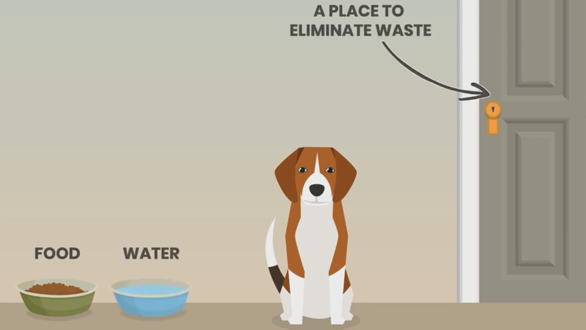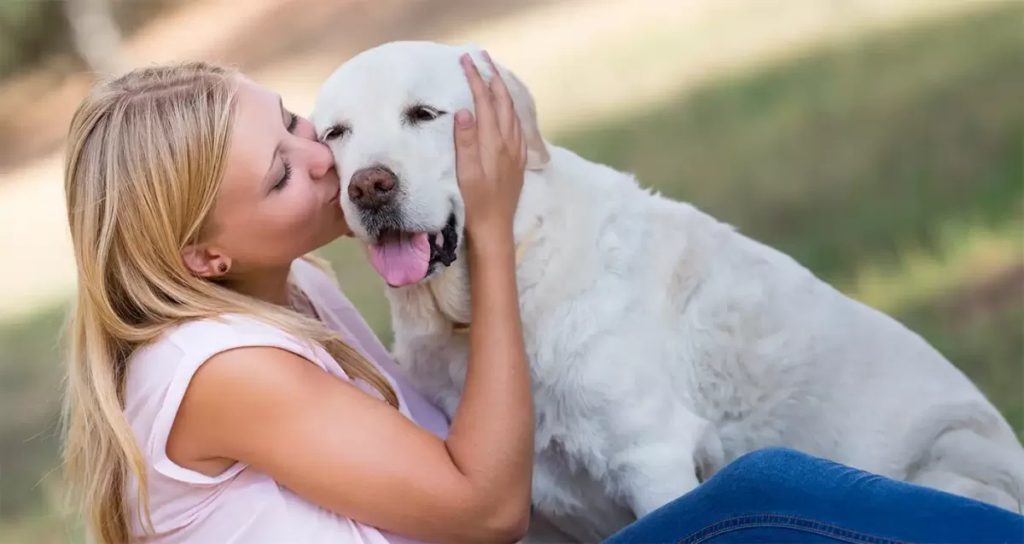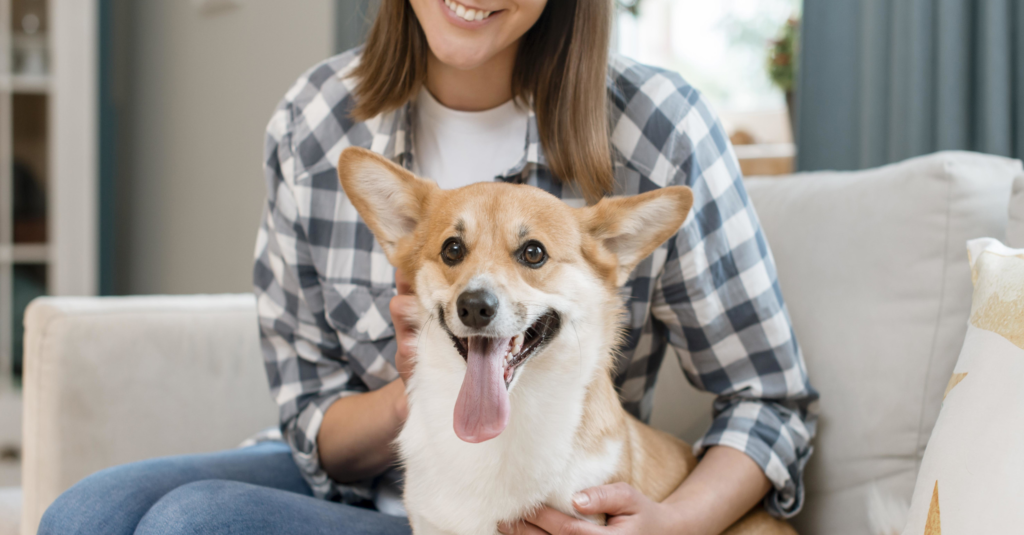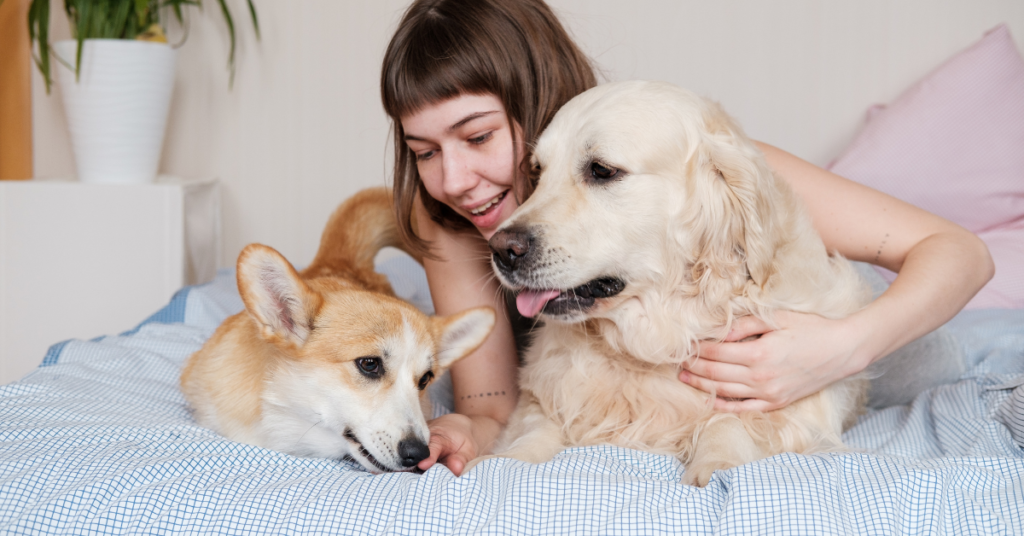Being a good dog parent is about more than just feeding your furry friend and taking them for walks. It involves understanding their needs, providing the right environment, and showing them unconditional love. But how can you tell if you’re doing a good job? This article explores various aspects of dog parenting to help you evaluate and improve your relationship with your beloved pet.
Table of Contents
Understanding Your Dog’s Needs

Physical Needs
- Nutrition: A good dog parent ensures their dog gets a balanced diet. This means feeding them high-quality dog food appropriate for their age, size, and health conditions. Occasional treats are fine, but avoid overfeeding as it can lead to obesity and other health issues.
- Exercise: Dogs need regular exercise to stay healthy and happy. The amount and type of exercise will depend on your dog’s breed, age, and health. Active breeds like Border Collies need more exercise compared to less active breeds like Bulldogs.
- Healthcare: Regular vet visits are crucial for maintaining your dog’s health. This includes vaccinations, flea and tick prevention, dental care, and addressing any health concerns promptly.
Emotional Needs
- Affection: Dogs are social animals and need plenty of love and attention from their owners. This includes petting, cuddling, and spending quality time together.
- Mental Stimulation: Keeping your dog mentally stimulated is just as important as physical exercise. Provide toys, puzzles, and engage in interactive play to keep their minds sharp.
- Socialization: Proper socialization helps dogs develop into well-rounded pets. This involves exposing them to different environments, people, and other animals in a controlled and positive manner.
Signs You’re a Good Dog Parent

Your Dog Is Healthy and Happy
- Healthy Weight: Your dog maintains a healthy weight, indicating they are getting the right amount of food and exercise.
- Shiny Coat: A shiny, well-groomed coat is a sign of good health and proper nutrition.
- Bright Eyes and Clean Ears: Clear, bright eyes and clean ears are indicators of good overall health.
- Energetic and Playful: A happy dog will be energetic, playful, and eager to engage with you and their surroundings.
Your Dog Feels Safe and Secure
- Relaxed Body Language: Your dog exhibits relaxed body language around you, such as a wagging tail, a soft gaze, and a loose, wiggly body.
- Comfortable in Their Environment: Your dog is comfortable and confident in their home environment, showing no signs of excessive anxiety or fear.
- Happy to See You: A good sign that your dog feels safe and loved is their excitement and happiness when they see you.
You’re Consistent with Training and Boundaries
- Well-Behaved: A well-trained dog who understands basic commands and follows household rules is a sign of a good dog parent who has invested time in training.
- Positive Reinforcement: You use positive reinforcement techniques rather than punishment, which helps build a trusting and respectful relationship with your dog.
- Routine: Dogs thrive on routine. Having a consistent schedule for feeding, walks, and playtime helps your dog feel secure and understand what to expect.
Areas for Improvement

Addressing Behavioral Issues
- Separation Anxiety: If your dog exhibits signs of separation anxiety, such as destructive behavior or excessive barking when left alone, it’s important to address these issues. This may involve gradually desensitizing them to your departures and providing comfort items or interactive toys.
- Aggression: Any signs of aggression towards people or other animals should be addressed immediately. Consulting with a professional dog trainer or behaviorist can help identify the root cause and develop a plan to manage and reduce aggressive behavior.
- Obedience Training: Regular training sessions can reinforce good behavior and address any obedience issues. This not only helps with managing your dog but also strengthens your bond.
Enhancing Physical and Mental Stimulation
- Varying Exercises: Ensure your dog’s exercise routine is varied and engaging. Incorporate different types of physical activities such as hiking, swimming, or agility training to keep them excited about exercise.
- Interactive Toys and Puzzles: Invest in interactive toys and puzzles that challenge your dog’s mind. These can help prevent boredom and destructive behaviors.
- New Experiences: Regularly introduce your dog to new environments, sounds, and experiences. This not only provides mental stimulation but also aids in socialization.
Building a Strong Bond with Your Dog

Communication and Understanding
- Body Language: Learn to read your dog’s body language. Understanding their signals can help you respond appropriately to their needs and emotions.
- Consistent Commands: Use consistent commands and signals during training. This helps your dog understand and respond to your expectations more effectively.
- Positive Interactions: Focus on positive interactions with your dog. Praise, treats, and affection for good behavior reinforce the bond and make training more enjoyable for both of you.
Spending Quality Time
- Playtime: Regular playtime is crucial for your dog’s happiness. Engage in activities that your dog enjoys, whether it’s fetch, tug-of-war, or simply running around the yard.
- Cuddle Time: Many dogs enjoy cuddling with their owners. Spend time relaxing and cuddling with your dog, which provides comfort and strengthens your bond.
- Adventures Together: Take your dog on adventures. Whether it’s a trip to the park, a hike, or a visit to a dog-friendly café, exploring new places together can be a great bonding experience.
Recognizing When to Seek Help

Professional Training
- Behavioral Issues: If you’re struggling with behavioral issues that you can’t resolve on your own, seek help from a professional dog trainer or behaviorist. They can provide expert guidance and training techniques tailored to your dog’s needs.
- Obedience Training: Professional obedience training classes can be beneficial, especially for first-time dog owners. These classes provide structured learning environments and socialization opportunities.
Veterinary Care
- Health Concerns: If you notice any changes in your dog’s health or behavior, don’t hesitate to consult your veterinarian. Early detection and treatment of health issues can prevent more serious problems.
- Routine Check-Ups: Regular veterinary check-ups are essential for maintaining your dog’s health. Ensure your dog receives vaccinations, dental care, and routine health screenings.
Common Myths About Dog Parenting

Myth 1: Dogs Need to Eat Only Once a Day
Dogs generally do better with multiple smaller meals throughout the day rather than one large meal. This can help maintain their energy levels and prevent overeating.
Myth 2: Crate Training Is Cruel
Crate training, when done correctly, is not cruel. It provides dogs with a safe and secure space and can be a valuable tool for house training and preventing destructive behavior.
Myth 3: Dogs Don’t Need Mental Stimulation
Mental stimulation is just as important as physical exercise. Without it, dogs can become bored and develop behavioral issues.
Celebrating Your Successes

Reflect on Your Journey
Take time to reflect on your journey as a dog parent. Celebrate the successes and milestones you’ve achieved with your dog, from learning new tricks to overcoming behavioral challenges.
Continue Learning
Dog parenting is a continuous learning process. Stay informed about best practices in dog care and training, and always strive to improve your skills as a dog parent.
Share Your Experience
Share your experiences and knowledge with other dog owners. Join local dog groups or online communities where you can exchange tips, seek advice, and celebrate the joys of dog parenting together.
Conclusion
Being a good dog parent involves understanding and meeting your dog’s physical and emotional needs, maintaining their health, and building a strong, loving bond. By paying attention to your dog’s behavior, health, and happiness, and by continuously improving your parenting skills, you can ensure that you are providing the best care possible. Remember, the most important aspect of being a good dog parent is the love and dedication you show to your furry friend. With the right approach, you can enjoy a rewarding and fulfilling relationship with your dog that lasts a lifetime.
FAQ
1. How can I tell if my dog is happy?
A happy dog typically shows relaxed body language, such as a wagging tail, a soft gaze, and a loose, wiggly body. They are often playful, energetic, and enjoy interacting with you and their environment.
2. What should I feed my dog to ensure they get a balanced diet?
Feed your dog high-quality dog food appropriate for their age, size, and health conditions. Look for foods with a good balance of protein, fats, and essential nutrients. Avoid overfeeding and consult your veterinarian for specific dietary recommendations.
3. How much exercise does my dog need?
The amount of exercise your dog needs depends on their breed, age, and health. Active breeds like Border Collies need more exercise compared to less active breeds like Bulldogs. Generally, aim for at least 30 minutes to 2 hours of exercise per day.
4. What are some signs of good health in dogs?
Signs of good health in dogs include maintaining a healthy weight, having a shiny coat, bright eyes, clean ears, and being energetic and playful. Regular vet check-ups are essential to ensure ongoing health.
5. How can I address my dog’s behavioral issues like separation anxiety or aggression?
Behavioral issues should be addressed promptly. For separation anxiety, gradually desensitize your dog to your departures and provide comfort items or interactive toys. For aggression, consult with a professional dog trainer or behaviorist to develop a plan to manage and reduce aggressive behavior.
6. What are some ways to provide mental stimulation for my dog?
Provide toys, puzzles, and engage in interactive play to keep your dog’s mind sharp. Regularly introduce new environments, sounds, and experiences. Varying your dog’s exercise routine and using interactive toys and puzzles can prevent boredom and destructive behaviors.
7. Why is socialization important for dogs?
Proper socialization helps dogs develop into well-rounded pets. Exposing them to different environments, people, and other animals in a controlled and positive manner helps reduce fear and anxiety and promotes good behavior.
8. How can I improve my bond with my dog?
Improve your bond by spending quality time together, learning to read your dog’s body language, using consistent commands during training, and focusing on positive interactions. Engage in activities your dog enjoys, such as playtime, cuddling, and exploring new places together.
9. When should I seek professional help for my dog?
Seek professional help if you’re struggling with behavioral issues that you can’t resolve on your own or if your dog shows signs of health problems. Professional obedience training classes can also be beneficial, especially for first-time dog owners.
10. How often should I take my dog to the vet?
Regular veterinary check-ups are essential for maintaining your dog’s health. Annual visits are recommended, but puppies, senior dogs, and dogs with health issues may need more frequent visits. Ensure your dog receives vaccinations, dental care, and routine health screenings.
11. What are some common myths about dog parenting?
Common myths include the belief that dogs need to eat only once a day (multiple smaller meals are better), that crate training is cruel (when done correctly, it provides a safe space), and that dogs don’t need mental stimulation (it’s essential for preventing boredom and behavioral issues).

